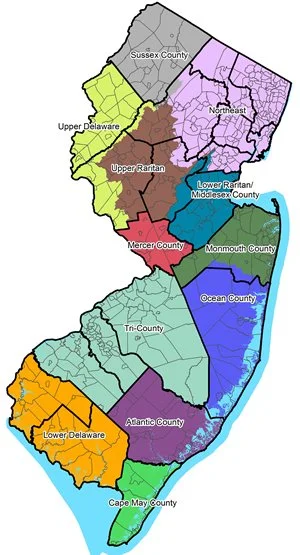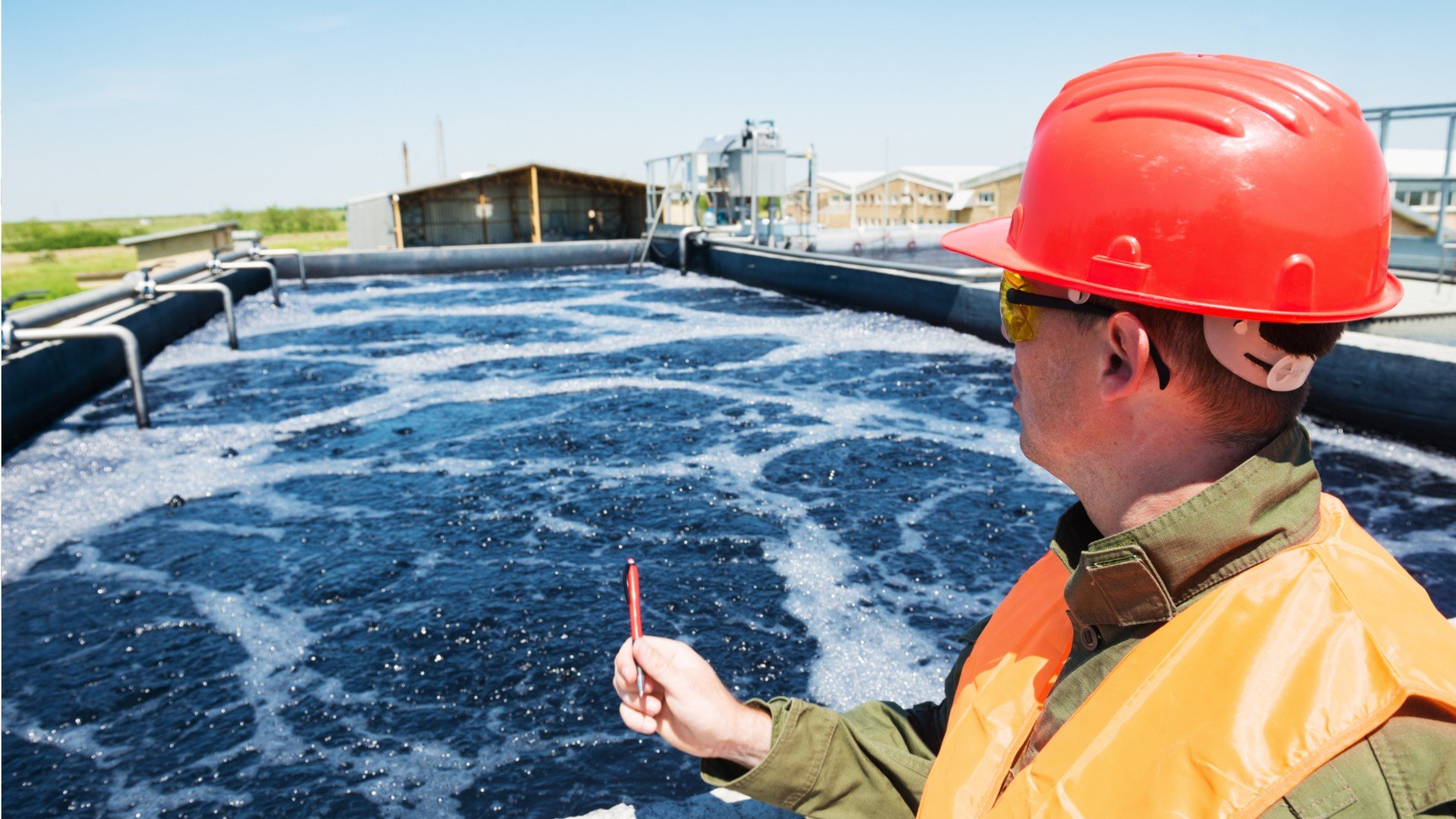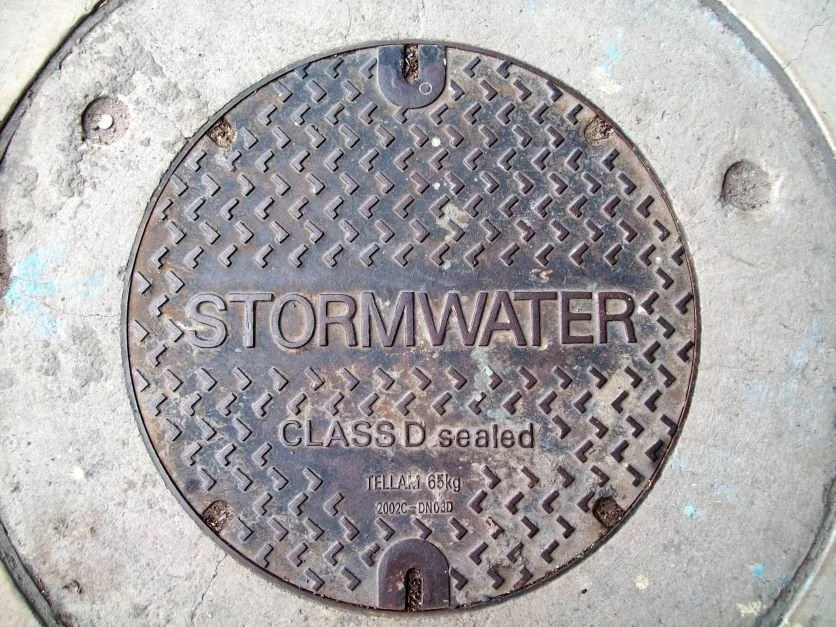Conscientiously disposing of wastewater is more important than ever. When wastewater is discharged in large quantities and not treated properly, it has adverse effects on the environment.
Wastewater can cause a myriad of environmental problems. For instance, the temperature of wastewater is typically higher than the water supply, which qualifies it as a pollutant. When it flows into local water systems, it may raise the temperature of the surrounding water. Even this small disruption can pose a major threat to the ecosystem.
Advanced technology supporting wastewater operations provides real solutions to cut down on environmental problems.
At O&M Solutions, we are dedicated to solving this and other challenges in wastewater operations. Visit our homepage to learn more.
Wastewater Pump Stations and Environmental Impact
Upgrading wastewater pump stations is a reliable way to reduce environmental impact.
Pump stations are designed to raise wastewater to a higher elevation for treatment, which reduces the risk that contaminated or polluted water makes its way back into water systems. Treating wastewater is necessary before it is discharged into the water supply, but the pump stations themselves can pose environmental threats without the proper considerations.
Water treatment and wastewater comprise almost 3% of the total electricity production in the U.S., and pump stations make up a large portion of that energy use.
Upgrading older pumps, which were designed with a single speed and on/off cycling, is the first step towards energy savings and increasing the efficiency of the pump.
By implementing green architecture in pump stations, operators can further save energy. Improvements can include the following:
Pump and drive combinations that operate at variable frequencies to accommodate differing flow rates, reducing the energy used during cycling
Using reusable waste materials, instead of cement in the concrete mixes, for the production of the pump stations, which has the additional perk of reducing cost
Substituting chlorine with ultraviolet (UV) light disinfection systems, substantially reducing cost and energy usage
Configuring the pump to take advantage of gravity to elevate wastewater, giving the motors a break
Maintaining Equipment to Promote Wastewater Sustainability
The equipment used throughout the wastewater treatment plant is just as important as the pump itself in reducing pollution. Beyond just upgrading older pumps with newer, more efficient models that last longer, there are many other things owners and operators can do to reduce energy usage. Such as…
Using screens to collect nonbiodegradable solids and prevent them from clogging the pumps, prolonging their efficiency and overall life of use
Using a dual-channel grinder or a grinder pump to chop up larger solids into smaller particles, preventing blockages to the pump
Automating operations and using real-time data to monitor equipment, showing areas where energy use can be reduced and calling attention to issues before they become significant
With use of the good ole’ three R’s–reduce, reuse, and recycle–wastewater treatment facilities can make small, realistic, strategic changes for the good of the environment.
For instance, less water used means less wastewater to be treated and discharged.
Cutting down on water use is a priority in all types of business, including ours.
Wastewater can be reused in the production of concrete mixes. Recycling of wastewater reduces the amount of wastewater needing to be treated. Simple and effective.
Visit our blog, Operational Problems in Wastewater Treatment Plants to learn more about how your day-in-day-out has a net impact on all kinds of factors, including environmental ones.
Optimizing Aeration to Decrease Environmental Pollutants
Aeration is the essential process of adding air into wastewater to encourage the biodegradation of pollutants. Despite its necessity to the activated sludge process, it can be a big energy sucker, comprising as much as 75% of total energy consumption at wastewater treatment plants.
There are steps to enhance the efficiency and reliability of the aeration process and reduce energy usage, including these:
Updating the air distribution system and blowers to include variable frequency drives, decreasing energy usage
Replacing older blowers with high-efficiency turbo blowers, which offer operational flexibility and can work conjunctively with dissolved oxygen levels to only provide the air that is needed
Using dissolved oxygen control systems to reduce the energy usage of the blowers
Promoting higher efficiency oxygen transfer and reducing air levels required for treatment by using fine-pore or ultra-fine-pore diffusers
Implementing a most open valve (MOV) control strategy, reducing the pressure needed by the blowers resulting in less energy usage
To learn more about aeration and the activated sludge process, check out our blog on Wastewater Activated Sludge Problems.
Recovering and Recycling Essential Nutrients in Wastewater Operations
Recovering nutrients like phosphorus and nitrogen is important for our ecosystem. When these essential nutrients make their way into the water supply, eutrophication occurs, which is damaging to aquatic life through oxygen reduction. The key solutions to reduce effluent total nitrogen and phosphorus levels include tertiary filtration and denitrification filters, such as continuous backwash filters or deep-bed filters.
These solutions require minimal changes to the plant and are relatively inexpensive.
Pro-Environment, Pro-Easy: O&M Solutions Wastewater Experts
Treating wastewater is already a complex process. Add the responsibility of caring for the environment into the mix, and the job can seem intimidating. Turning to the experts is the most reliable method for checking all of the boxes.
At O&M Solutions, we have the experience and knowledge needed for all of your operational and maintenance tasks. Our extensive work in the private and public sectors in New York, New Jersey, and Pennsylvania puts us at the forefront of maintenance and sustainability solutions for wastewater plants.
Turn to us to reduce your energy usage and avoid costly repair expenses. We will work with you to achieve your sustainability goals. Call us at (732) 965-5764 or reach out online.


















